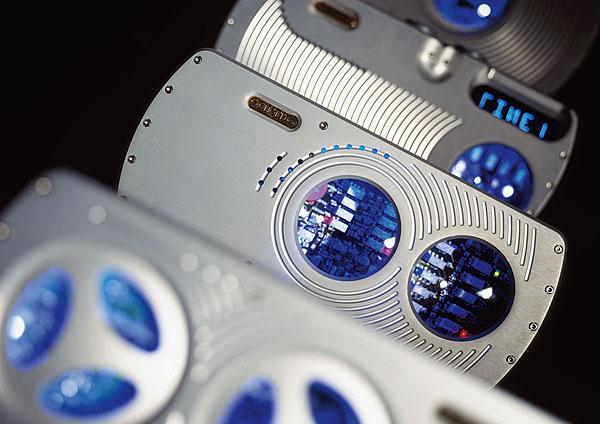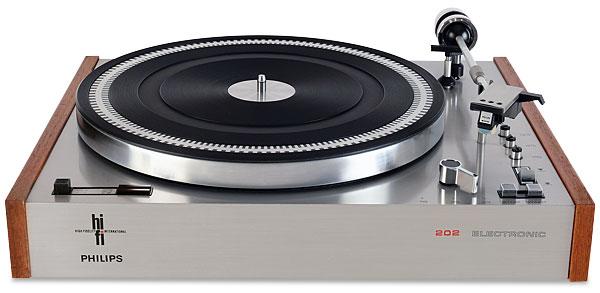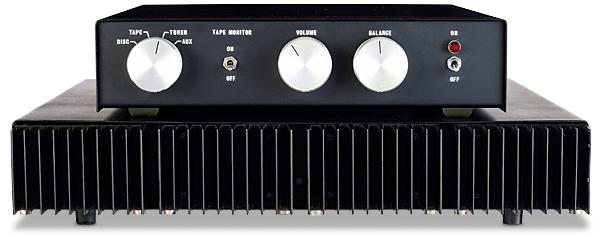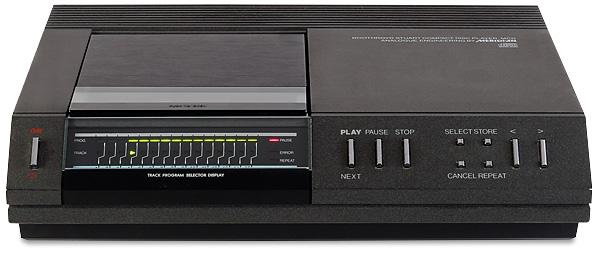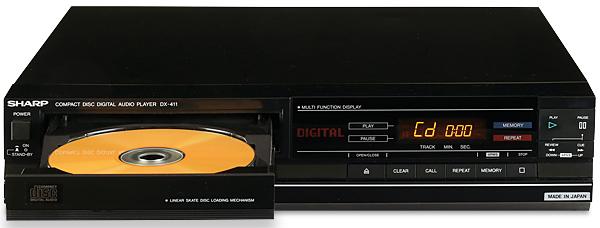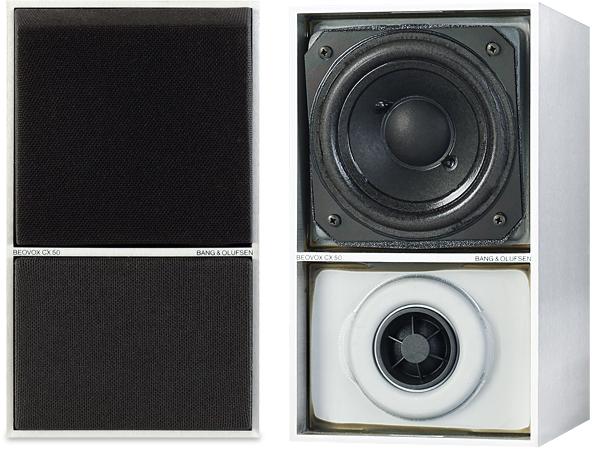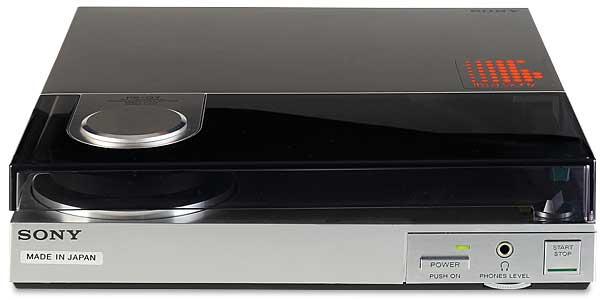Vintage
Sort By: Post Date TitlePublish Date
|
Apr 15, 2022 |
First Published: Mar 01, 2003
|
Apr 08, 2022
|
Feb 21, 2022
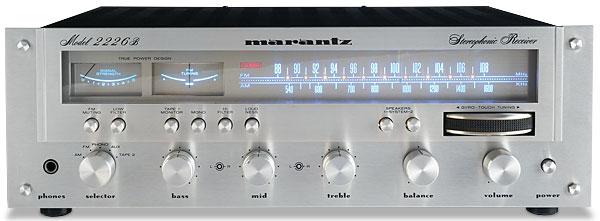
 Buy one of these late-'70s beauties secondhand today and you'll own an amp from a pedigree name with radio thrown in for 'free'. So, is this a receiver worth considering?
Buy one of these late-'70s beauties secondhand today and you'll own an amp from a pedigree name with radio thrown in for 'free'. So, is this a receiver worth considering?
